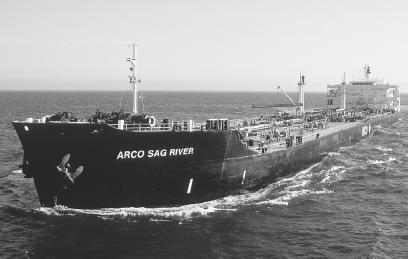Density and Volume - How it works
Mass
So what is mass? Again, the second law of motion, derived by Sir Isaac Newton (1642-1727), is the key: mass is the ratio of force to acceleration. This topic, too, is discussed in numerous places throughout this book; what is actually of interest here is a less precise identification of mass, also made by Newton.
Before formulating his laws of motion, Newton had used a working definition of mass as the quantity of matter an object possesses. This is not of much value for making calculations or measurements, unlike the definition in the second law. Nonetheless, it serves as a useful reminder of matter's role in the formula for density.
Matter can be defined as a physical substance not only having mass, but occupying space. It is composed of atoms (or in the case of subatomic particles, it is part of an atom), and is

Yet there are considerable differences among types of matter—among various elements and states of matter. This is apparent if one imagines three gallon jugs, one containing water, the second containing helium, and the third containing iron filings. The volume of each is the same, but obviously, the mass is quite different.
The reason, of course, is that at a molecular level, there is a difference in mass between the compound H 2 O and the elements helium and iron. In the case of helium, the second-lightest of all elements after hydrogen, it would take a great deal of helium for its mass to equal that of iron. In fact, it would take more than 43,000 gallons of helium to equal the mass of the iron in one gallon jug!
Density
Rather than comparing differences in molecular mass among the three substances, it is easier to analyze them in terms of density, or mass divided by volume. It so happens that the three items represent the three states of matter on Earth: liquid (water), solid (iron), and gas (helium). For the most part, solids tend to be denser than liquids, and liquids denser than gasses.
One of the interesting things about density, as distinguished from mass and volume, is that it has nothing to do with the amount of material. A kilogram of iron differs from 10 kilograms of iron both in mass and volume, but the density of both samples is the same. Indeed, as discussed below, the known densities of various materials make it possible to determine whether a sample of that material is genuine.
Volume
Mass, because of its fundamental nature, is sometimes hard to comprehend, and density requires an explanation in terms of mass and volume. Volume, on the other hand, appears to be quite straightforward—and it is, when one is describing a solid of regular shape. In other situations, however, volume is more complicated.
As noted earlier, the volume of a cube can be obtained simply by multiplying length by width by height. There are other means for measuring

For a cylinder or sphere, volume measurements can be obtained by applying formulaeinvolving radius ( r ) and the constant π, roughly equal to 3.14. The formula for volume of a cylinderis V = π r 2 h, where h is the height. A sphere's volume can be obtained by the formula (4/3) π r 3 . Even the volume of a cone can be easily calculated: it is one-third that of a cylinder of equal base and height.
Comment about this article, ask questions, or add new information about this topic: